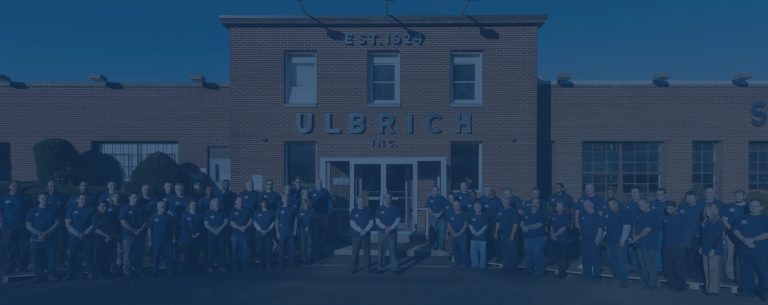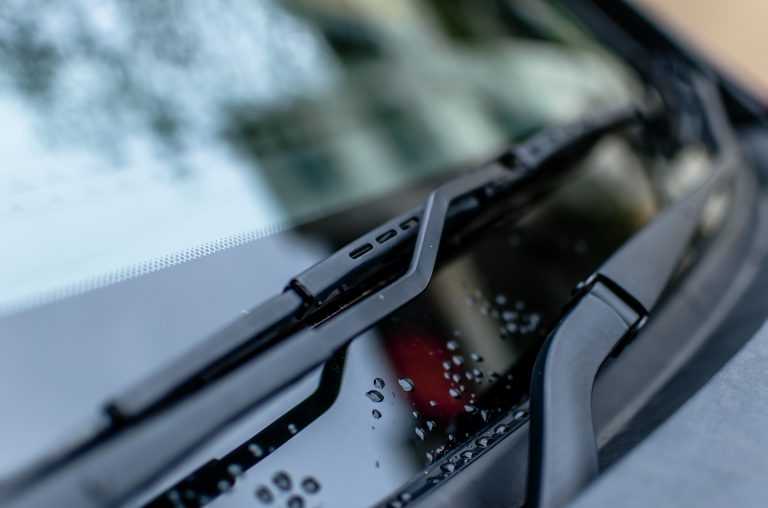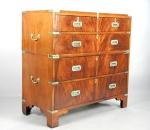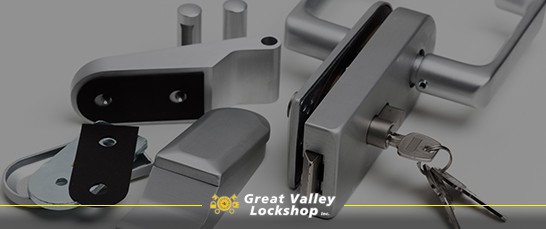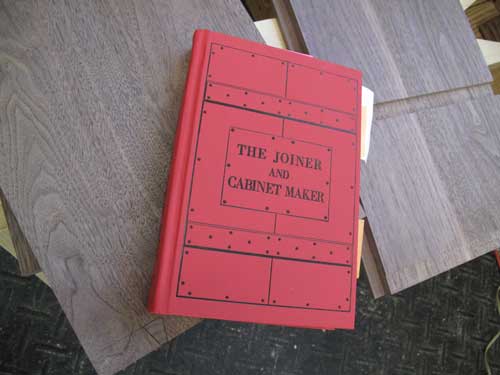The Quality of Glue and How to Glue –

Time has proved that when parts are glued with the best of glue, used according to well-known rules by first-class mechanics, the pieces will not come apart during reasonable wear. We have seen coach bodies built over one hundred years ago, and a great deal longer, where the panels would stick to the framing and the inside canvas glued to the panels was still in good condition.
Furniture that has been made in centuries past with tenons fitted and glued, is as solid today as when made. We have examined furniture, knowing that it was eighty years old at least, and the mahogany veneering was as solid as if only glued the day before. All such furniture was well made and well glued and the workmanship was of the best.
The high-class furniture at the present time looks far better, when compared with the antique, but it will not stand the usage. We refer to furniture in this article because the difference in construction and finish and their defective qualities are far more apparent than on carriages, but in both furniture and carriages the same means have been and are still employed; that is, the woodwork is fitted and glued by hand or machinery, and the timber is either air or kiln-dried.
Fifty years ago and longer the Russian white glue was considered the best of all glues; when joints were made in light-colored timbers it did not show the joints so easily and did not chill so quickly; two qualities which were appreciated by woodworkers. All timbers used for carriage bodies were air-dried, the bodies were well framed, but by no means were made better than first-class work that is still made in custom shops at the present time.
Those mechanics who built carriage bodies in the fifties and sixties of the nineteenth century and have been watching the gradual changes in manners and methods and applications are the ones who can judge and point out the causes why the present built bodies do not last as long as those of years past.
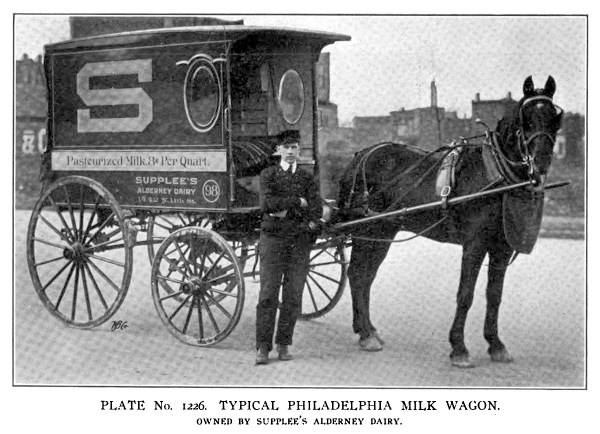
The glues made and sold at the present time we believe are better and more adhesive than those sold in the fifties; the appliances for gluing at the present time are far superior to those used in the middle of the last century; the shops are better heated now than before, consequently far better work should be produced by our present heating of the shops and all sorts of improved appliances to produce perfect gluing.
In almost all the old shops of days gone by, the glue was boiled on the shop stove where the panel bending was also done. The one who needed glue the next morning soaked as much as he wanted and the next morning it was boiled. The glue kettles were either cast iron or copper, occasionally, and of heavy tin plate, put in another kettle filled with water so it could not be overheated or burned. This system is still in vogue at the present time in small shops.
Going further back, we find that glue kettles were of entirely different shape, and called “tiegel” in German. The body of the “tiegel” was similar to a large coffee cup with three legs under it about three inches long, and a handle starting at the middle of the cup running out horizontally to facilitate carrying it around. The heating was done directly under the fire, and, of course, great care had to be taken so the glue would not burn. Kettles of this kind were used in all furniture and carriage shops before 1850.
Boiling glue in water, as it is done at present, was invented later. The old woodworkers of the eighteenth century were very conscientious and proud of their trade. The timber was all sawed and planed and fitted by hand from air-seasoned stock always kept under cover. All the work was done slowly, and when fitted great preparations were made for gluing. The shop stove was heated with shavings and sawdust, the glue was prepared carefully for the various grades of wood; for soft timber the glue was made thicker, and for the harder woods, thinner. All pieces to be glued were well heated on the stove and the gluing quickly done. Why is it that such gluing as our forefathers did stands so well compared with the present gluing?
The gluing done in the present custom carriage shop is done as well and better than our forefathers did it, and bodies made by first-class mechanics using the best prepared glue and air-seasoned timber are made better at present than at any other time, and will keep in the best condition if fairly well used. Times and conditions in manufacturing have changed and such changes can be relied on to have had a great deal to do with the quality of work which is produced in wholesale manufacturing.
By the production of a larger quantity of output, it was necessary to change from the old wood stove with one or two glue kettles on top to heating the glue by steam. We remember the first attempt at heating glue with live steam and how the burnt glue was used on carriage bodies, and how almost all joints of the framed pieces and panels opened at the joints.
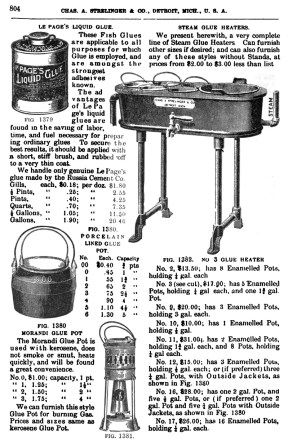 The heating appliance consisted of a box such as is used in large shops at present, but having holes only in the upper plate to put the glue kettle in so that it stood in the hot water and the live steam going into it; the upper plate had about six recesses similar in shape to a glue kettle, into which the glue kettle was put. The rule was that all these recesses should be filled with water, but the water space around them was not more than one-quarter of an inch, and the result was that the live steam dried the water in the recess and burned the glue. When white glue was used the burning could easily be discovered by its color, but with the darker kinds the burning could only be discovered by smelling it. A great deal of damage was done by this new invention, the glue joints opened sooner or later and the repairing was of the most expensive kind.
The heating appliance consisted of a box such as is used in large shops at present, but having holes only in the upper plate to put the glue kettle in so that it stood in the hot water and the live steam going into it; the upper plate had about six recesses similar in shape to a glue kettle, into which the glue kettle was put. The rule was that all these recesses should be filled with water, but the water space around them was not more than one-quarter of an inch, and the result was that the live steam dried the water in the recess and burned the glue. When white glue was used the burning could easily be discovered by its color, but with the darker kinds the burning could only be discovered by smelling it. A great deal of damage was done by this new invention, the glue joints opened sooner or later and the repairing was of the most expensive kind.
The introduction of steam into the carriage shops, while greatly convenient to the mechanics, created a great many ills by carelessness. The old timers when they had done with gluing simply lifted the glue kettle from the hot water—never left it in the water when not needed.
The present mechanic has nothing to do with the preparation of glue in large shops. When hot glue is needed, he simply turns on the steam, if it is not turned on already (but generally it is), and it is this which takes the strength out of the glue. By constant attention to turning on and off the heat supply on glue kettles, the heat may be minimized and the glue kept in a better condition; but the fact is that in large factories the gluing is done during the entire working hours, and if the glue is kept under boiling heat is enough to destroy the strength of its fibrous matter.
It is a most remarkable fact that while manufacturers of glue have improved the glue in the direction of heating it as little in the shortest possible time, the shop arrangements have gone in the opposite direction by using larger kettles and a long continuous heat during working hours. It is this continuous heat which is so damaging to the fibrous matter and tenacity the glue should retain, for the strength is boiled out of it. The result is that the glue joints will show through the varnished surfaces or will open.
We believe kiln-dried timber in connection with bad gluing is another cause of defective glue joints, or glue joints opening. Most systems of kiln drying may be all right, but many have been faulty, and in many cases the manner of drying has been wrong. Air dried timber does not absorb dampness as quickly as kiln-dried timber, the pores of the air-dried timber are closed up, the sap is in it, but dries gradually and closes the pores up. In the kiln dried timber it seems as if the pores were open, or, in other words, the sap dried out of it, also the strength and tenacity had been taken out of it. For this reason the kiln-dried timber is more susceptible to the changes of the atmosphere. It also will warp easier, which will affect the glue joints and consequently they will show sooner in kiln-dried than in air-dried timber.
The Carriage Monthly – (Philadelphia) August 1909
-Jeff Burks
